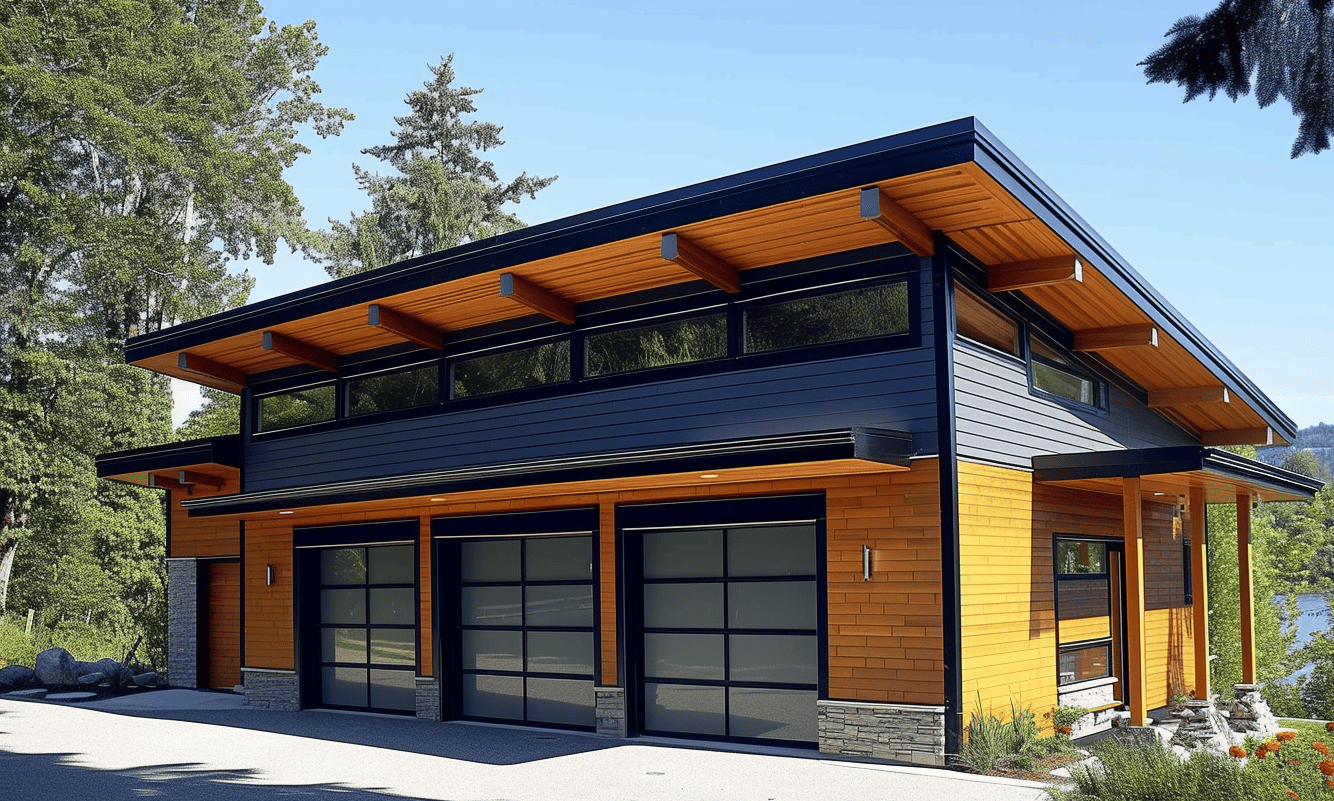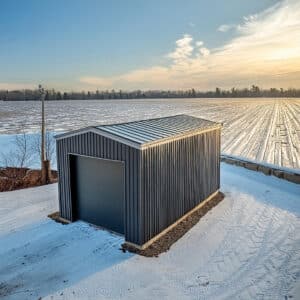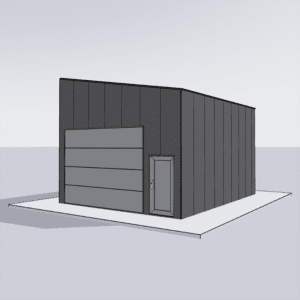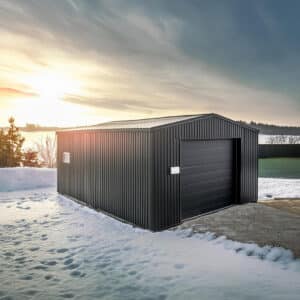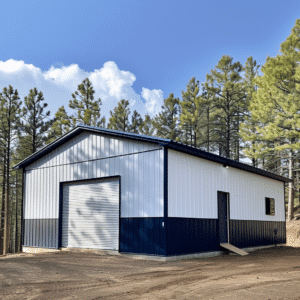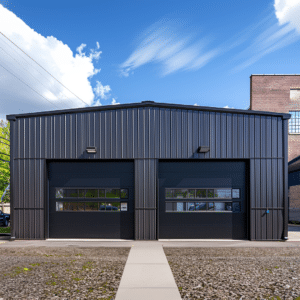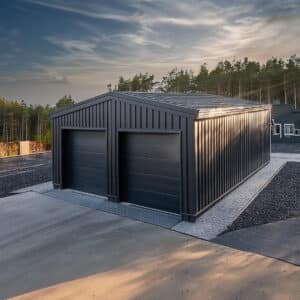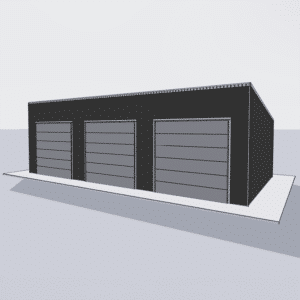When it comes to constructing a home, achieving energy efficiency is not just about keeping utility bills low—it’s about creating a harmonious living space that supports a sustainable lifestyle. The trend toward energy-efficient home designs is more than fashionable; it’s becoming necessary to address today’s environmental challenges. With innovative techniques and materials at our disposal, the possibilities for a green home are virtually limitless. Let’s delve into some energy-efficient home design ideas that can transform your living space into an eco-friendly haven.
Incorporating Sustainable Architecture
Embracing sustainable home building practices is the foundation of an energy-efficient home. The design process involves considering the orientation of the house to maximize the potential for natural heating and cooling. This strategic planning encourages the effective use of the sun’s energy, reducing reliance on artificial systems.
Strategic Use of Materials
Choosing the right construction materials can significantly influence your home’s energy efficiency. Materials such as reclaimed wood, recycled metal, and non-toxic elements are environmentally friendly and durable, which ensures long-term strength and sustainability. Opting for these kinds of materials in aspects like framing and insulation helps mitigate energy loss.
Consider the concept of Custom Metal Homes | Steel Frame House Building Kits, which are not only incredibly sturdy but offer excellent insulation capabilities. These kits reduce the material’s carbon footprint due to their recyclability, thus adding to the home’s overall sustainability.
Efficiency Through Design
The design elements of a home go a long way in boosting energy efficiency. A well-insulated home maintains temperature levels throughout different seasons, minimizing the energy required to heat or cool. This fact makes insulation a key player in energy-efficient home planning.
Lighting and Ventilation
Harnessing the power of natural light in home design dramatically reduces electricity use during the day. Incorporate large windows, skylights, and open floor plans to let in as much daylight as possible. Not only does this reduce the need for artificial lighting, but it also improves mood and productivity.
When it comes to artificial lighting, opt for LED bulbs, which consume far less energy compared to conventional bulbs. Moreover, installing energy-efficient appliances and smart thermostats can further minimize electricity usage. The Energy Star rating should be a key consideration when purchasing new appliances, as it ensures recognized standards of energy efficiency.
Ventilation Innovations
Effective ventilation systems are vital for maintaining air quality and regulating temperature without excessive energy use. Modern mechanical ventilation systems with heat recovery allow fresh air to circulate without losing heat.
Innovative Energy Solutions
Harnessing Renewable Energy
Tapping into renewable energy sources like solar panels and wind turbines can drastically reduce a home’s dependency on fossil fuels. While solar energy has become quite popular, integrating wind energy, even on a small scale, can provide significant energy for homes in suitable locations.
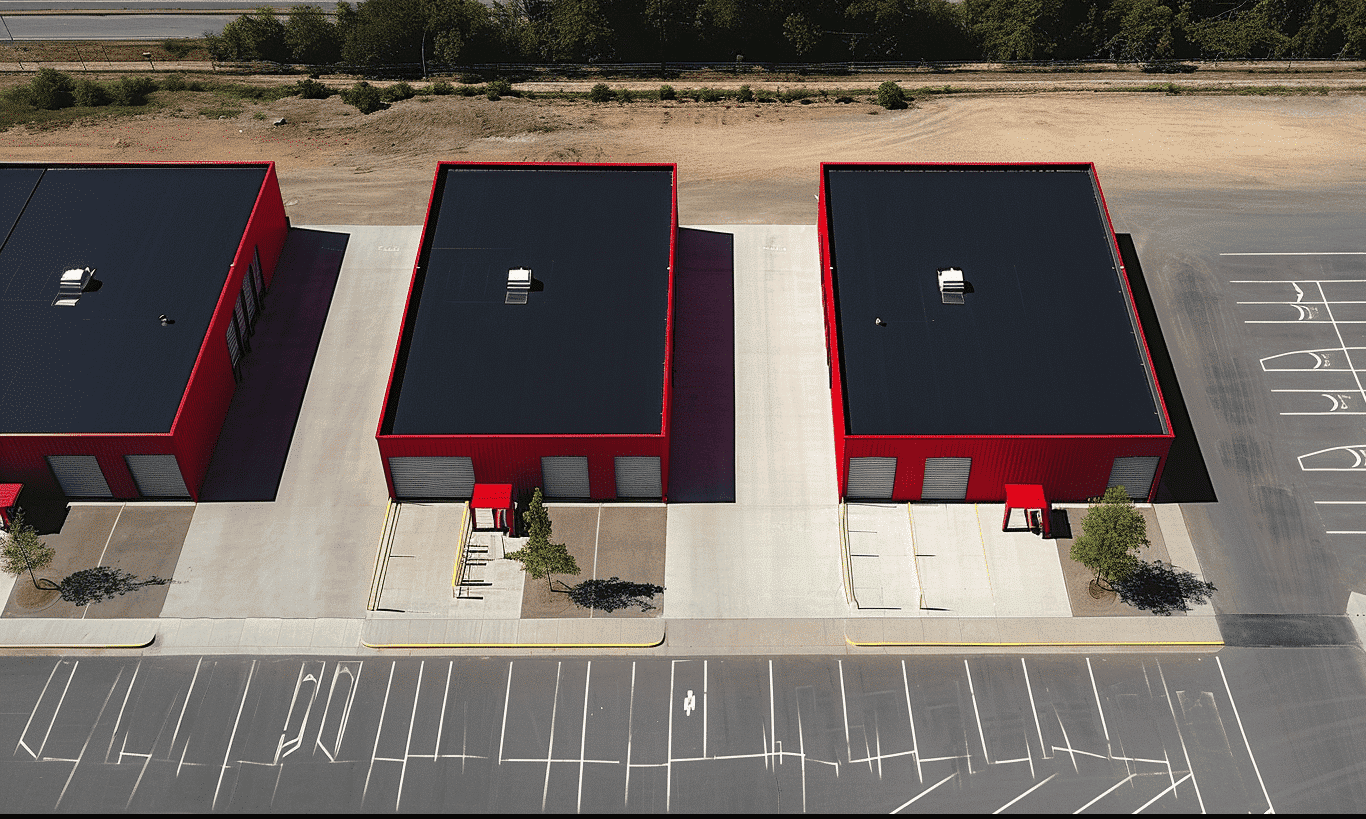
Water Conservation Techniques
Saving water translates into saving energy. Incorporate low-flow fixtures, strategically collect rainwater, and reuse greywater for irrigation or flushing toilets. These practices conserve water and reduce the home’s total energy use, providing your wallet and the planet with a breath of relief.
Intelligent Layouts
The layout of rooms and spaces greatly affects how energy is used within a home. For instance, placing rooms that need the most heating and cooling at the center of your home reduces the workload on your HVAC system. Additionally, the seamless integration of living spaces—combining kitchens and dining areas with living rooms into a cohesive space—encourages efficient heating, cooling, and lighting.
Using custom home builders can ensure that your home is designed with precision to maximize energy efficiency, considering all these nuances. These professionals have the skills to engineer a home that meets your unique preferences while optimizing for energy conservation.
Conclusion: Designing with the Future in Mind
As we’ve explored, energy-efficient home design ideas are plentiful and multifaceted. From the choice of construction materials and the orientation of your home to the integration of innovative technologies like solar panels and heat recovery ventilation systems, there are multiple pathways to a sustainable abode. Each step reduces energy use and enhances living comfort, setting the stage for a greener future.
These transformative principles not only help preserve precious resources but also protect your investment in the home, yielding long-term savings. As we continue to advance technologically, the fusion of efficiency and sustainability will become increasingly accessible. By adopting these strategies and incorporating the help of professionals like custom home builders, your dream energy-efficient home is just a plan away.
Embark on creating a home that doesn’t just meet energy-efficient standards today but sets the benchmark for the future. Let your commitment to sustainability secure a nurtured environment, transforming not just homes, but lifestyles for generations to come.


